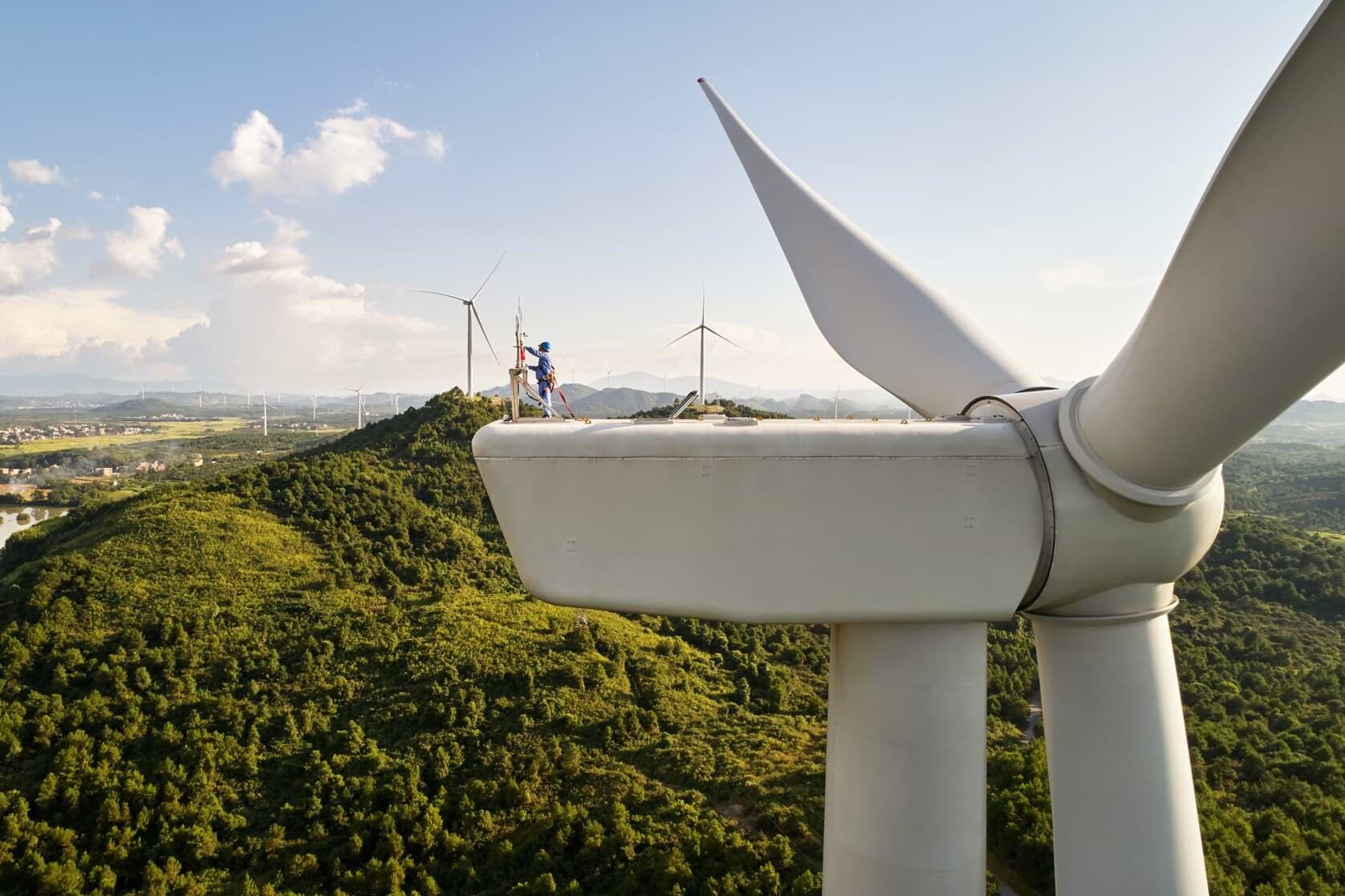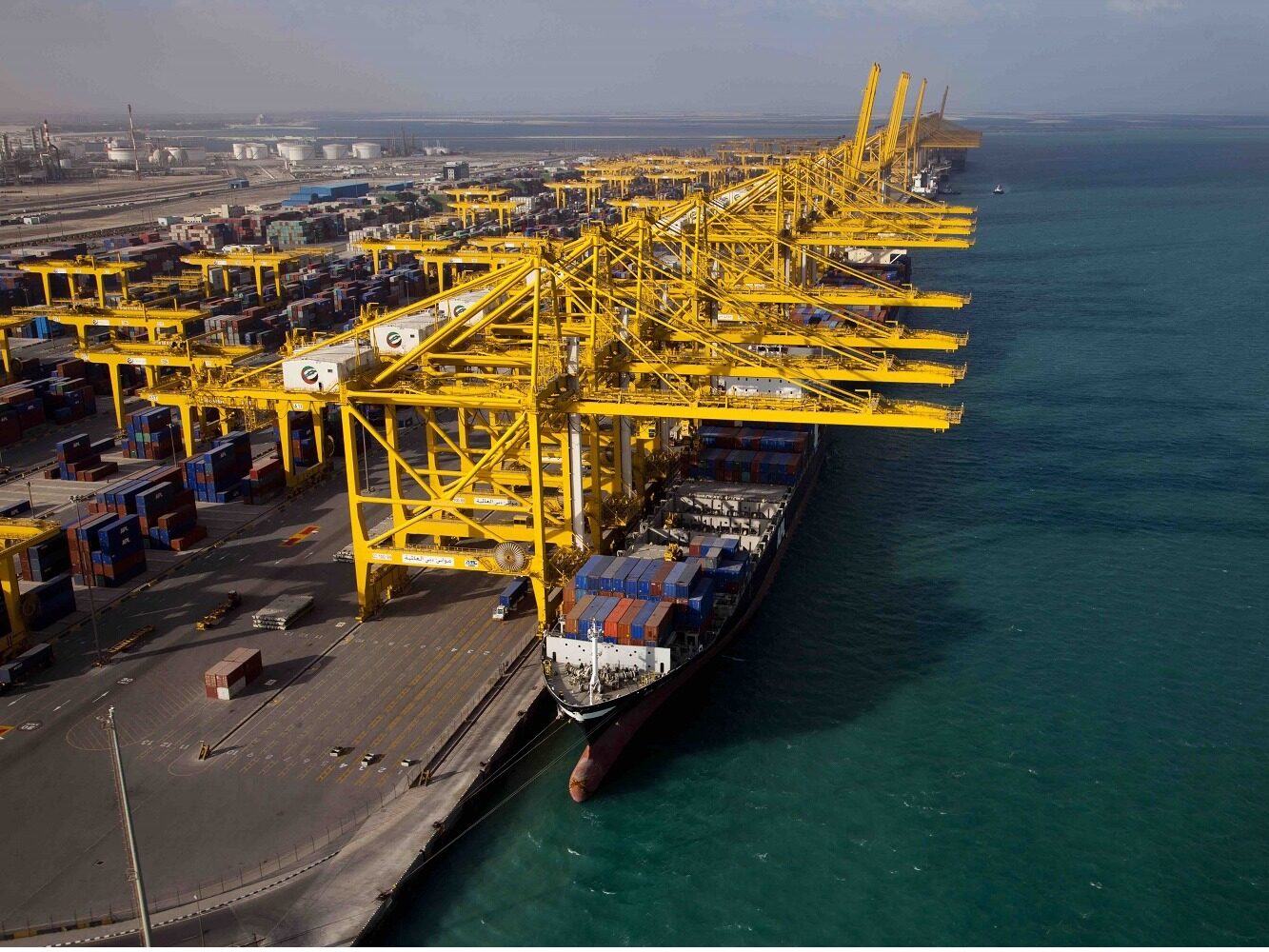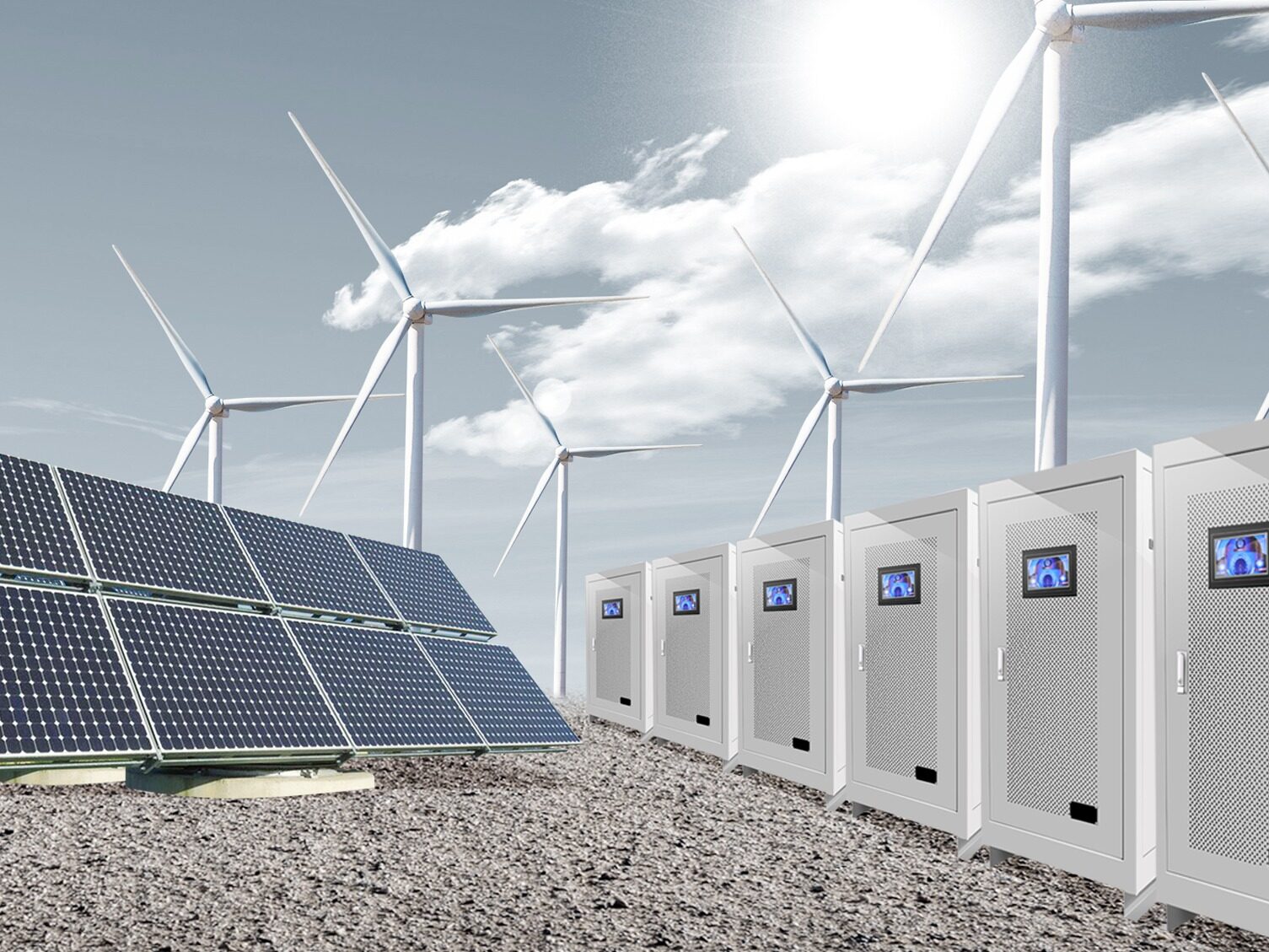- The carbon trading system is one of the most effective tools to achieve carbon emission reduction at low cost

Carbon emission quota control will increase the carbon reduction cost of enterprises to a certain extent. "From the current situation in China, economic growth and carbon emissions have not yet been decoupled. Emission reduction constraints mean that emission reduction costs increase and economic growth is reduced." Guo Bowei, Assistant Professor of the School of Applied Economics, Renmin University of China The “Carbon Economy and Carbon Policy and eo Roundtable of the School of Applied Economics” pointed out that achieving the goal of carbon neutrality should be based on China’s national conditions and out of Chinese characteristics, avoid blindly learning from other countries’ emission reduction experiences, and focus on ensuring intergenerational equity, thereby reducing consumer economy. burden.
“The pace of development may indeed need to consider economic affordability, and use future cost reductions to hedge the current pressure of rising costs.” Lu Dong, director of the price department of the State Grid Finance Department, said that under the consensus of achieving the “dual carbon” goal, Cost tolerance has increased, but it does not mean that costs can be let go.
Energy saving and recovery of new technology investment costs
"With the development of the economy, people in the future will be wealthier than modern people; modern people's investment in emission reduction is to transfer modern people's wealth to future people. Transferring the wealth of the poor to the rich will aggravate intergenerational social inequities. "Guo Bowei said.
According to estimates, China’s per capita GDP in 2050 will be 2.3 times that in 2020, while the United Kingdom and the United States will be 1.6 and 1.5 times respectively. China’s economy is growing faster, but consumers are less able to withstand high energy prices. China’s Engel coefficient is 28.2%, the United Kingdom is 10.6%, and the United States is 9.7%. Taking the increase in electricity prices as an example, in the United Kingdom and the United States, the proportion of electricity bills in household expenditure is less than that of China, so their residents’ ability to withstand price increases is similar. It is also higher than China.
Guo Bowei pointed out that China's generational inequality is more prominent, and it is not suitable for overly aggressive emission reduction policies at this stage. To achieve carbon neutrality, we must focus on resolving the contradiction between economic growth and carbon emissions and the contradiction of intergenerational social equity.
He further analyzed that there is an "inverted U-shaped" relationship between total economic volume and carbon emissions, that is, with the development of the economy, the total carbon emissions gradually decrease, technological progress, energy efficiency improvement, industrial structure adjustment, human capital improvement, and economic development. Agglomeration is an additional bonus for economic development and will reduce emission reduction costs. This means that even if we do not adopt too aggressive policies now, after the economy develops to a certain level, China's annual average carbon emissions will also peak.
"We need to leave more emission reduction tasks to the later stage." Guo Bowei said, based on the price level in 2020, if intergenerational equity can be ensured, the total emission reduction cost for achieving the carbon neutral goal is expected to be only 8-16 trillion yuan. The renminbi will account for about 0.2%-0.4% of the total cumulative GDP from 2020 to 2060.
Hou Shouli, Secretary-General of the Energy and Water Supply Committee of the China Price Association, and Dean of the China National Green Power (Suzhou) Carbon Neutrality Research Institute, revealed that in the process of communicating with some park enterprises, everyone is very concerned about the need to achieve the "dual carbon" goal. How much to increase the cost, how to recover the investment and other issues.
Hou Shouli pointed out that it is necessary to choose technologies that are more conducive to achieving carbon emissions reduction, and the increased investment in the introduction of new technologies should be recovered through cost savings in electricity bills and other ways to solve the problem of investment income.
Specific to the power industry, Lu Dong pointed out that the power system is transforming from thermal power flexibility, developing distributed photovoltaics, accelerating the construction of pumped storage, and improving the smart level of the power grid. At present, after low-cost measures are exhausted, some high-cost measures must be promoted. Carbon reduction investment and cost will bring certain price pressure, but in the long run, if the cost of photovoltaic and energy storage can be greatly reduced, the system cost is expected to be better controlled.
Hou Shouli suggested that in the process of constructing a power system with new energy as the mainstay, the initial cost may increase to a certain extent, and this can realize benefits through energy saving and carbon consumption reduction in the later stage. "On the one hand, the demand-side electricity price mechanism should be more flexible, widen the price difference, improve the electricity price structure, and create a new business model. On the other hand, the carbon market and the energy right market should be linked with the electricity market to save energy and reduce consumption. And the benefits of reducing carbon emissions should be made explicit.”
Carbon allowance auction revenue to hedge the burden of price increases
The national carbon market officially started trading on July 16. According to the plan, the power industry is the first industry to be included in the national carbon emission trading market, and more industries will be included in the market in the future.
Research by Zhang Da, an associate professor at the Institute of Energy, Environment and Economics of Tsinghua University, estimates that from 2020 to 2030, carbon emissions reduction will mainly come from the substitution of high-efficiency coal-fired power generation units for low-efficiency coal-fired power generation units. After 2030, with the tightening of the baseline, the carbon market can promote the deployment of carbon capture and storage technologies in the coal power industry.
The gradual introduction of quota auctions can further promote the low-carbon transformation of the power industry. According to Zhang Da's analysis, the moderate introduction of quota auctions in a carbon market with output-based design can further reduce carbon emissions from power generation. In conjunction with a clear policy timeline, the gradual introduction of partial quota auctions can speed up the transformation while controlling the increase in power supply costs at an appropriate level.
Zhang Da pointed out that the revenue from auctions can be used to solve the energy price burden of low-income groups and the fairness of carbon market distribution. On the one hand, it can be considered to support clean heating renovation and the stable transformation of coal power, and on the other hand, it can be considered for investment. Low-carbon technology promotes faster decarbonization. "We roughly estimate that if the auction ratio is 5% to 10%, the annual revenue generated is tens of billions."
In Lu Dong's view, an important purpose of the carbon market is to allocate carbon reduction resources with different costs in various industries and links. Whoever has the lowest cost will give priority to reducing carbon, and the carbon price encourages the use of the most efficient way to reduce carbon.
Regarding the current financialization of the carbon market, Pan Dongyang, assistant professor of the School of Applied Economics at Renmin University of China, believes that excessive financialization will give rise to a carbon economy bubble. Therefore, whether to introduce financialization to the carbon market needs to be resolved urgently.
Regarding the carbon border adjustment mechanism (CBAM) to be launched by the European Union, Duan Maosheng, director of the Institute of Energy, Environment and Economics of Tsinghua University and China Carbon Market Research Center, pointed out that 80% of the carbon emissions of my country’s intermediate products exported to the EU come from metals, chemicals and There are three non-metallic mineral industries, all of which belong to the high leakage risk sectors of the European Carbon Emissions Trading (EU ETS). Once they are included in the carbon border regulation, they will have a huge impact on exports.
He suggested that manufacturers affected by EU CBAM should establish an internal monitoring system that meets CBAM requirements as soon as the relevant rules are determined.
Carbon costs should not be fully channeled to electricity prices
Yuan Jiahai, a professor at North China Electric Power University, pointed out that the steel, chemical, and cement industries have been highly market-oriented. When these industries participate in the carbon market, carbon prices can be transmitted to the downstream links, as well as to the entire society. However, the power industry is quite special, and the marketization of electricity is still in its infancy. Even if the carbon market obtains a carbon price through an auction mechanism, power generation companies can only bear it on their own. The purpose of carbon. Therefore, the carbon market and the electricity market must be coupled in the medium and long term.
Yuan Jiahai suggested that the current price quoted in the spot market is the marginal fuel cost, and in the future it should be the marginal fuel cost plus the carbon cost, but pay attention to the impact on the price mechanism of the electricity market.
Chen Zheng, director of the Energy Strategy and Policy Research Institute of China Southern Power Grid Energy Development Research Institute, pointed out that it is necessary to open up the price signal transmission of the two markets to ensure the coordinated operation of the carbon market and the electricity market. According to calculations, when the free quota drops to zero and the carbon price rises to about 200 yuan per ton, the cost of carbon emission reduction per kilowatt-hour of coal power will exceed 0.18 yuan, which is close to half of the current average price of coal power, which also means The carbon market will raise the overall cost of fossil energy generating units.
Chen Zheng suggested that for the energy supply side, we must consider price relief pressure, and appropriately extend the period of free carbon allowances such as coal-fired units in the power generation industry. "Electricity is almost related to all production and life, and the increase in electricity prices will lead to an increase in the energy cost of the whole society." .
Regarding the energy consumption side, Chen Zheng suggested implementing a differentiated promotion strategy, considering accelerating the promotion of “two high” (high energy consumption and high emission) projects on the energy consumption side such as chemical industry, steel, and non-ferrous metal smelting to enter the carbon market, and tighten related industries The carbon allowances of China can reduce the impact on the overall economy through precise regulation and maximize the benefits of carbon emission reduction.
Lu Dong believes that the coordination of electricity and carbon markets does not mean that all the costs of the carbon market should be transferred to the electricity link, and finally the electricity price should be diverted. Electricity has a dual identity, one is to reduce carbon by itself, and the other is to support carbon reduction in other industries. The cost of carbon reduction should not be borne by electricity. If the power industry supports carbon reduction in other industries, this part of the carbon reduction proceeds from other industries should be used to support carbon reduction in the power industry. He pointed out that the low-carbon transformation of various industries is still in the process of starting, and a considerable part of the energy demand in the industrial sector will also shift to electricity, and the carbon peak time setting of the power industry should be slightly lagging behind other industries.
Keywords: engineering news, engineering construction information
Industrial chain upgrading & recycling have obvious carbon reduction effects, effectively reducing emission reduction costs. On the one hand, the “Dual Carbon Goal” will accelerate the transformation and upgrading of China’s manufacturing industry chain and promote the improvement of green total factor productivity in the manufacturing industry. The high dependence on the fossil energy system shifts to zero-carbon wind, photovoltaic and hydroelectric conversion. Editor/Sang Xiaomei
Comment
 Praise
Praise
 Collect
Collect
 Comment
Comment
 Search
Search














Write something~